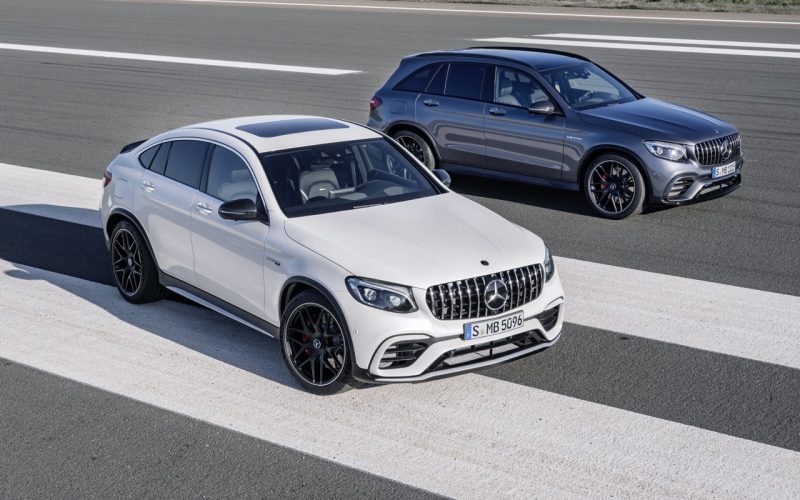
Reading Time: 6 minutesAnyone not cognizant of a steady increase in luxury SUV sales has been focused on other
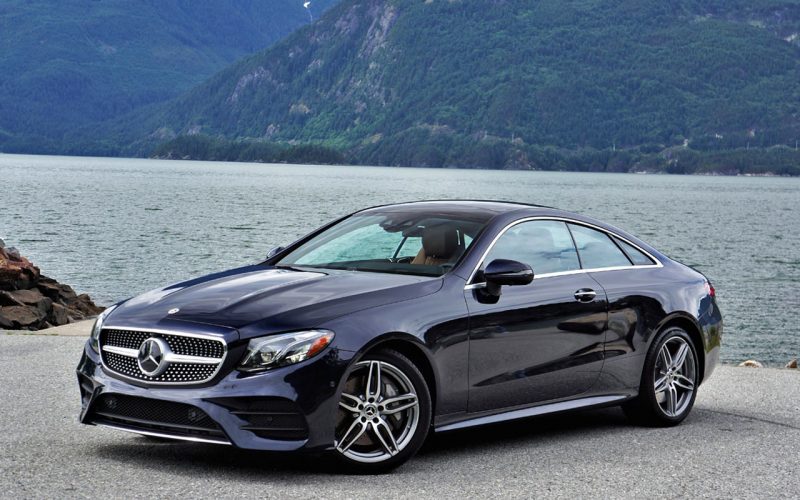
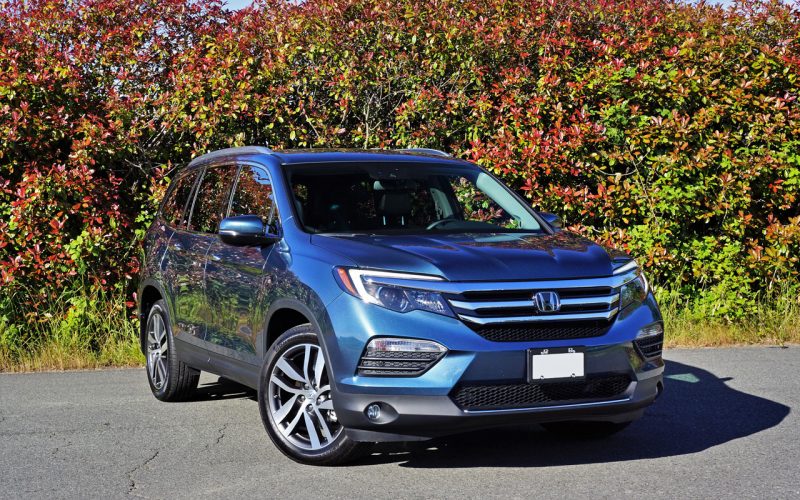
Reading Time: 9 minutesWith a shiny new 2017 Honda Pilot in the driveway, I can’t help but glance over
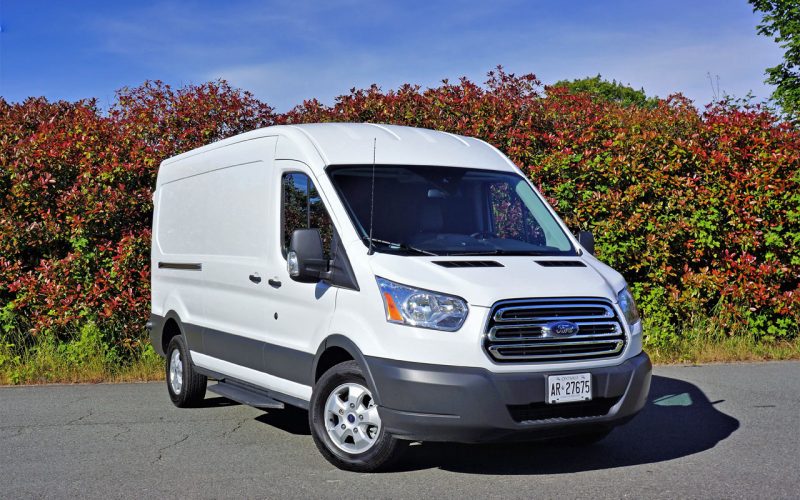
Reading Time: 5 minutesI bet you can think of a dozen or more things you could do with this
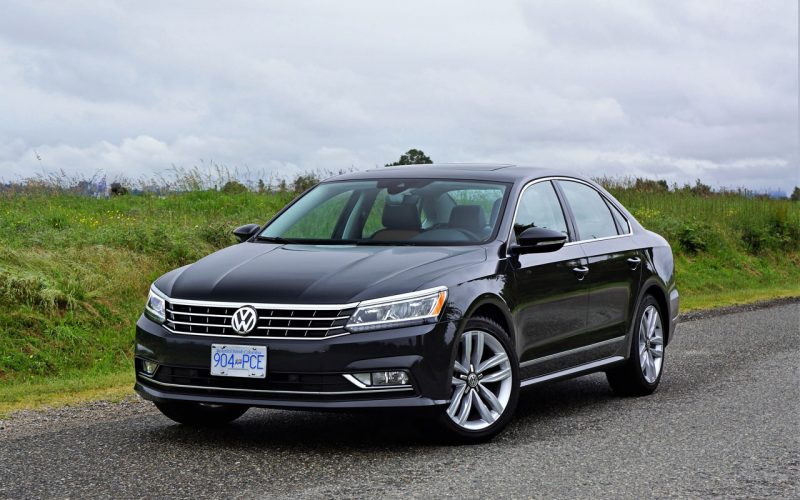
Reading Time: 5 minutesVolkswagen had big hopes for its American-sized Passat when it replaced the smaller Euro-spec B6 model
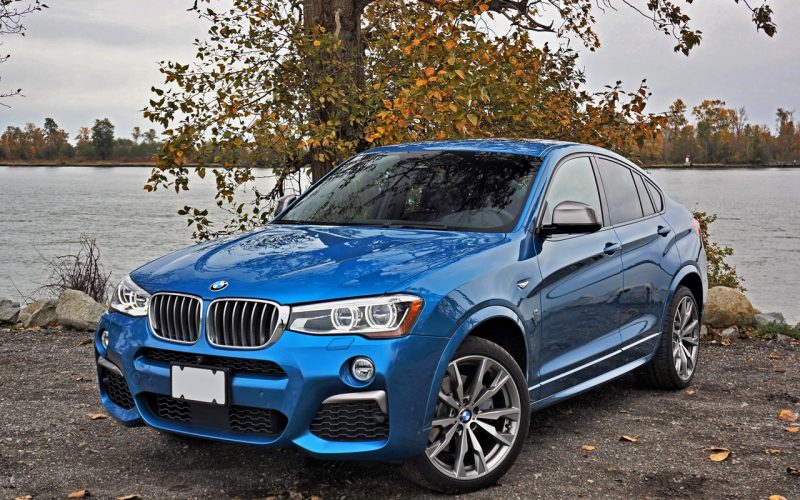
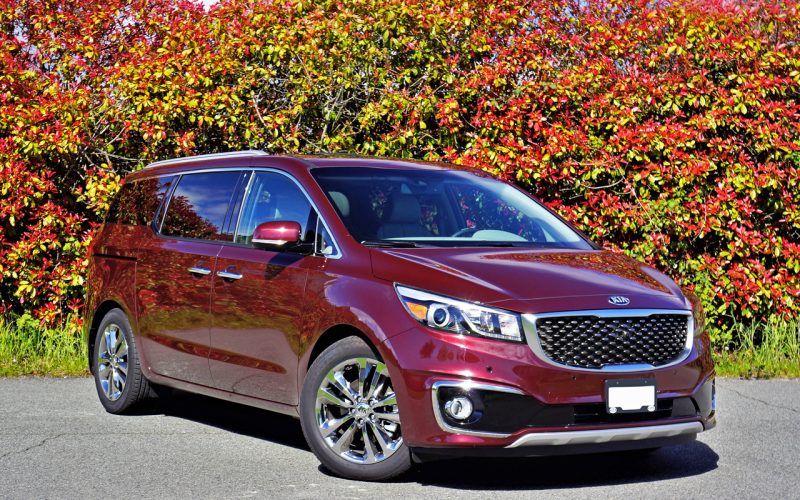
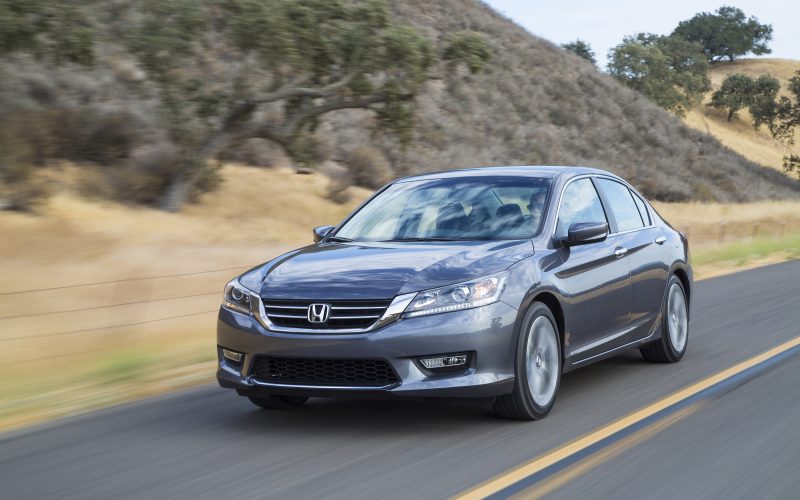
Reading Time: < 1 minuteOn Friday July 14th Honda announced they would be recalling 2.1 million Honda Accords worldwide.
© 2025 The Car Magazine. All Rights Reserved, Privacy Policy | Terms of Use